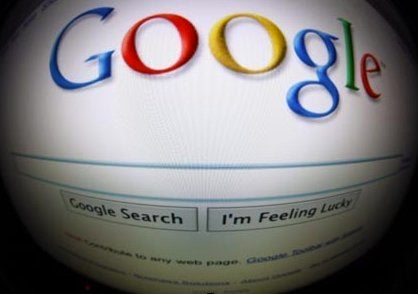
Google last week announced its long-awaited Google Drive, which lets you store files on it servers, sync them to other PCs or Macs, and open them on Android devices and -- soon -- on iPhones and iPads.
It's similar to services such as Dropbox, SugarSync and Trend Micro's SafeSync, but it's also integrated into what used to be called Google Docs, which makes Google Drive a hybrid between a cloud storage service and a cloud computing platform.
While other services mostly store your files, Google Drive -- with some file types -- also allows you to view and edit them because of the Google Docs integration. Google Docs was Google's Web-based computing platform for creating, editing, storing and sharing documents, spreadsheets, presentations, drawings and forms.
This integration can lead to a bit of confusion. To the extent that Google provides cloud-based software for such tasks as word processing and spreadsheets, it's actually functioning as a remote computer. But when it's just storing files you create on your PC, it's acting as a network storage device.
Just as with Dropbox and most competing products, Google Drive's installation software creates a folder on your machine's hard drive called Google Drive, and any files that you store in that folder are synced to Google's servers. If you have Google Drive on more than one computer, the files are synced to that machine too.
To test it out, I started writing today's column using Microsoft Word on my Mac. I saved the Word file to Google Drive and then walked over to my Windows PC where the file was already waiting for me in that machine's Google Drive folder.
I then walked over to my wife's PC, which doesn't have Google Drive software installed, and accessed the file by logging into the Google Drive website. I was immediately able to read the file. But to make changes, I needed to either export it into a Google document or download it to her PC to open with Microsoft Word. Either way, I had immediate access to the file, but the process was far from seamless because now I had two files -- the original Word file and the Google document that I had just edited.
I then grabbed my Samsung Galaxy Tab 2 Android tablet, on which I was able to read and edit that Google document or open Word files. But as with the Web interface, it was not immediately clear which was the latest -- the Word doc or the Google doc that I had extracted from that Word doc.
You can be excused if all this seems a bit confusing. It was confusing for me at first, and I think that's a problem with this hybrid model of cloud storage and cloud computing: if you're not careful, you can wind up with multiple versions of the same document.
Google Drive, like Dropbox and some other cloud storage services, does automatically save old versions of files. So if you make a mistake or just long for a previous version, you can access and download it from Google Drive on the Web. The service automatically deletes previous versions only when they are more than 30 days old or if there are more than 100 versions of that file.
One big advantage of cloud-based services is the ability to share and collaborate. As co-director of a nonprofit, I work on a lot of documents, presentations and spreadsheets with my co-workers, and we have made frequent use of Google Docs and Dropbox.
We use Google Docs when we want to collaborate in real time. If my colleague and I are in the document at the same time, I can actually see what changes she's making as she makes them. It's a great way to quickly craft a document. Dropbox and Google Drive are also a great way to store documents that we all need to access, including graphic files, spreadsheets and Word docs.
But while Google Drive allows you both to access to your PC and Mac files and collaborate in real time on Google documents, I do worry a little about users being confused by the various types of documents. For example, if you store a Word or Excel doc in Google Drive and open it in Google Docs, you should be able to modify the file and have the changed version immediately synced back to all PCs (with a backup of previous versions, of course).
I think this is actually a transitional product. My sense is that, in the long term, PC or Mac-based editing is likely to diminish as we move more of our data computing tasks to the cloud, but that won't be reality for most of us until high-speed Internet access is ubiquitous no matter where in the world we happen to be. We're not there yet.
This post previously appeared in the San Jose Mercury News and on LarrysWorld.com.